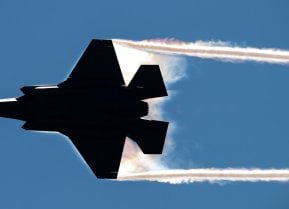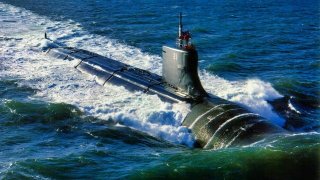Seawolf-Class: The Submarines That Make Russia and China Freak
Initially planned for 29 units, only three were built: USS Seawolf, USS Connecticut, and USS Jimmy Carter, due to the Cold War's end. The Jimmy Carter is uniquely modified for covert operations and surveillance, including tapping undersea communications cables.
Summary and Key Points: The Seawolf-class submarines, costing $3.5 billion each, are the U.S. Navy's most advanced undersea warfare assets.
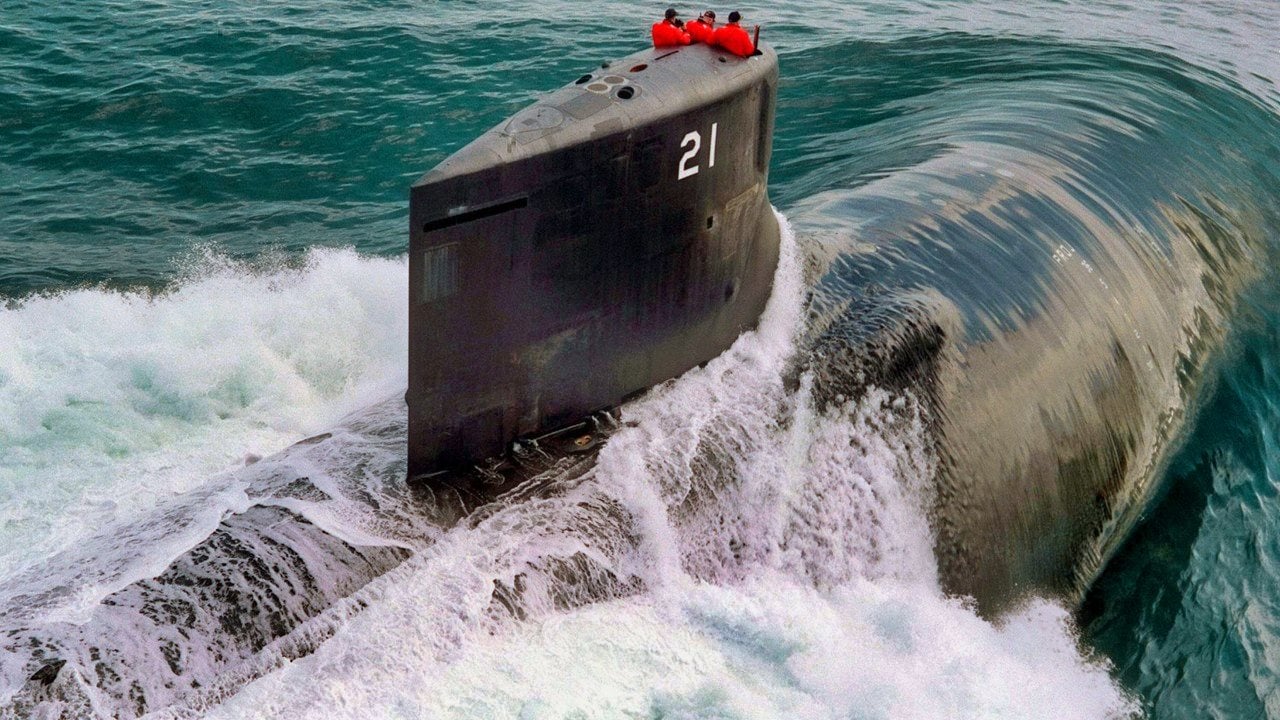
-Initially planned for 29 units, only three were built: USS Seawolf, USS Connecticut, and USS Jimmy Carter, due to the Cold War's end. The Jimmy Carter is uniquely modified for covert operations and surveillance, including tapping undersea communications cables.
-These submarines remain crucial to U.S. naval power, offering unmatched capabilities despite their high cost and limited numbers.
Why the USS Jimmy Carter is Unique Among Seawolf-Class Subs
The Seawolf-class submarine is probably the coolest submarine in America’s arsenal. Costing $3.5 billion per unit and consisting of some of the most advanced undersea warfare and electronic surveillance technologies imaginable, these submarines—first designed in 1983 and deployed on July 19, 1997—are the submarine that keeps America’s enemies up at night.
In fact, back in the 1990s, the Seawolf-class accounted for roughly 25 percent of the entire U.S. Navy’s budget!
The Navy originally planned to build twenty-nine Seawolf-class submarines when the boats were first conceived in 1983 over the course of that decade. But, just as the first two subs were hitting the deep blue, the Soviet Union collapsed, and the Cold War ended in a bloodless American victory.
So, the Navy reassessed its need for the submarines. Because of their cost and complexity, these submarines were a major drag on the Navy’s large, but limited, resources. The Navy decided to drastically reduce its order for the submarines since it was the age of American hegemony, a broken Russia, and the so-called “Peace Dividend.”
Three Seawolf-class submarines were built: the USS Seawolf, USS Connecticut, and the USS Jimmy Carter. The Connecticut is out of commission for the foreseeable future after it supposedly crashed into an undersea mountain while on a surveillance mission off the coast of China’s Hainan Island in the South China Sea.
That puts the USS Seawolf-class fleet down to just two systems.
The USS Jimmy Carter is Unlike the Other Seawolf-class Subs
The Jimmy Carter, though, is a distinct submarine from its two other sister subs. It was specially modified to be able to better conduct covert surveillance and special operations missions. According to Business Insider, the Jimmy Carter included “special thrusters fore and aft that allow the sub to remain stationary underwater, as well as a 100-ft hull extension known as the Multi-Mission Platform, which increased its length to 435 feet and its fully submerged displacement 12,158 tons.”
No one knows precisely what the Jimmy Carter’s mission set has been. Yet, the incredible submarine has garnered many accolades and citations since it was deployed more than twenty years ago.
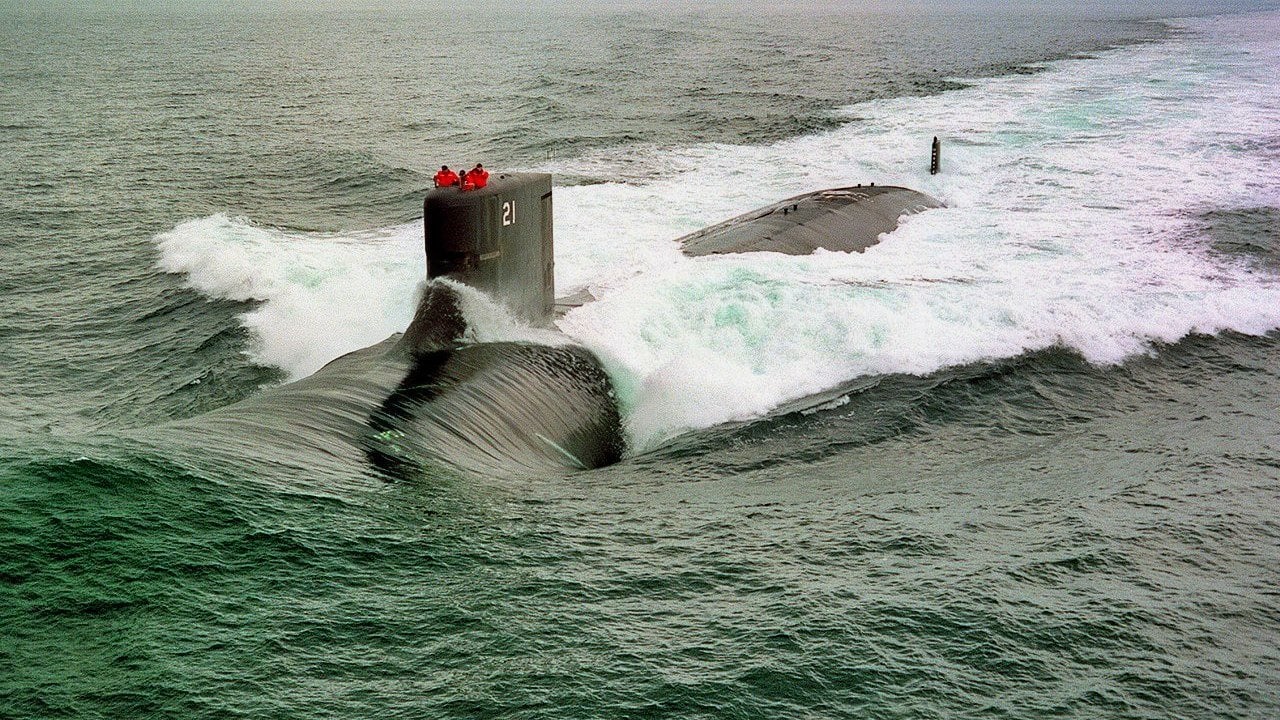
For example, the Jimmy Carter has received a Presidential Unit Citation. Although, the specifics of how—and why—that prestigious award was conferred to them are known only to the crew of the submarine.
One of the primary known methods of surveillance that the Jimmy Carter is capable of is tapping into undersea communications cables. These cables link the continents of the world together through a vast array of fiber-optic cables. The submarine has the capacity to float above these fiber-optic cables installed on the seafloor and physically cut into them, intercepting the vast data streams rushing through them.
This information is then disseminated to U.S. intelligence agencies, such as the National Security Agency.
The ability to intercept data in undersea cables is one of the primary advantages that the Seawolf-class gives to the U.S. Navy. In the case of the USS Jimmy Carter, the fact that this boat can deploy special forces units as well as carry an impressive armament to operate as an attack submarine makes the it a truly unique asset. While the other two Seawolf-class submarines are excellent, they lack the versatility and durability of the Jimmy Carter.
We Need More Jimmy Carter-class Subs
America’s Seawolf-class submarines are the most incredible undersea combat platforms that the U.S. Navy has ever developed. While no longer the newest submarine class in the fleet, they are the most advanced. These submarines have unparalleled capabilities—most of which remain classified—that make them a potent force multiplier. In the case of the Jimmy Carter, the U.S. Navy could only dream of having dozens of more submersibles just like her.
Still, having one submarine like the Jimmy Carter gives the U.S. Navy real advantages over its adversaries (which is why the Seawolf-class, despite its expense, remains a key element of the U.S. Navy’s submarine fleet).
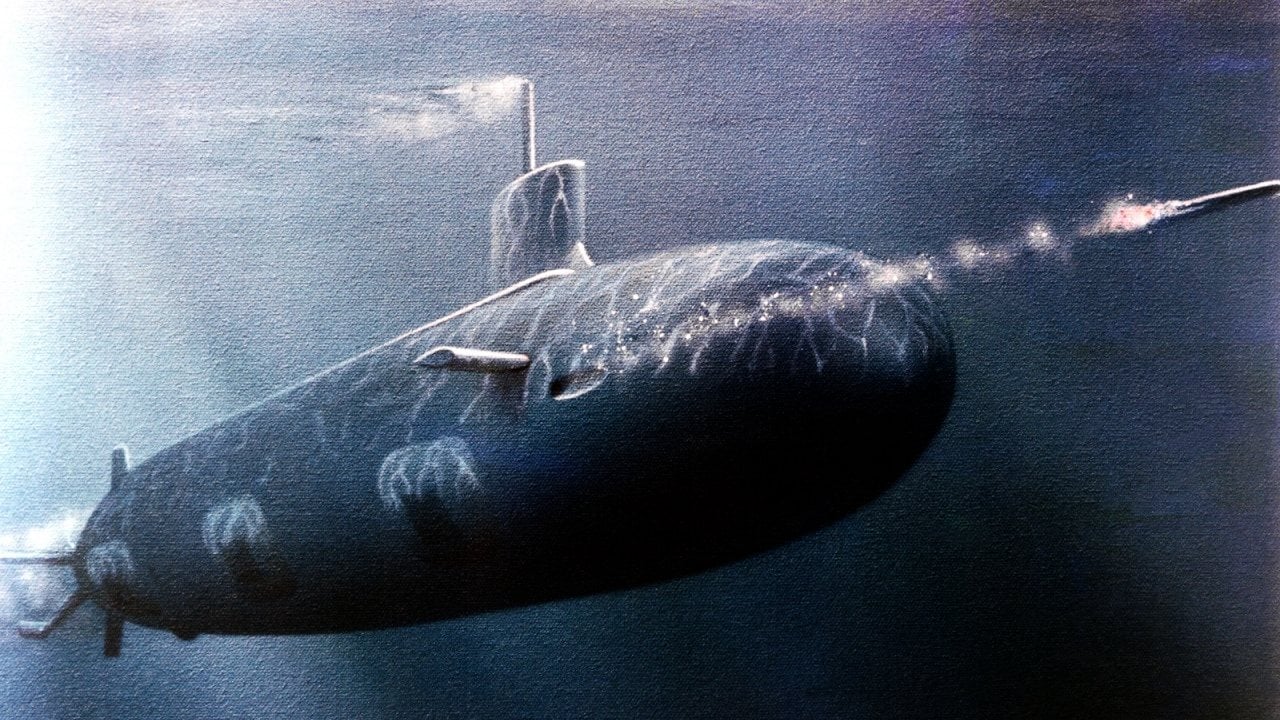
Author Experience and Expertise: Brandon J. Weichert
Brandon J. Weichert, a National Interest national security analyst, is a former Congressional staffer and geopolitical analyst who is a contributor at The Washington Times, the Asia Times, and The-Pipeline. He is the author of Winning Space: How America Remains a Superpower, Biohacked: China’s Race to Control Life, and The Shadow War: Iran’s Quest for Supremacy. His next book, A Disaster of Our Own Making: How the West Lost Ukraine, is due October 22 from Encounter Books. Weichert can be followed via Twitter @WeTheBrandon.
All images are Creative Commons or Shutterstock.
From the Vault
Russia Freaked Out: Why the U.S. Navy 'Unretired' the Iowa-Class Battleships
Battleship vs. Battlecruiser: Iowa-Class vs. Russia's Kirov-Class (Who Wins?)
